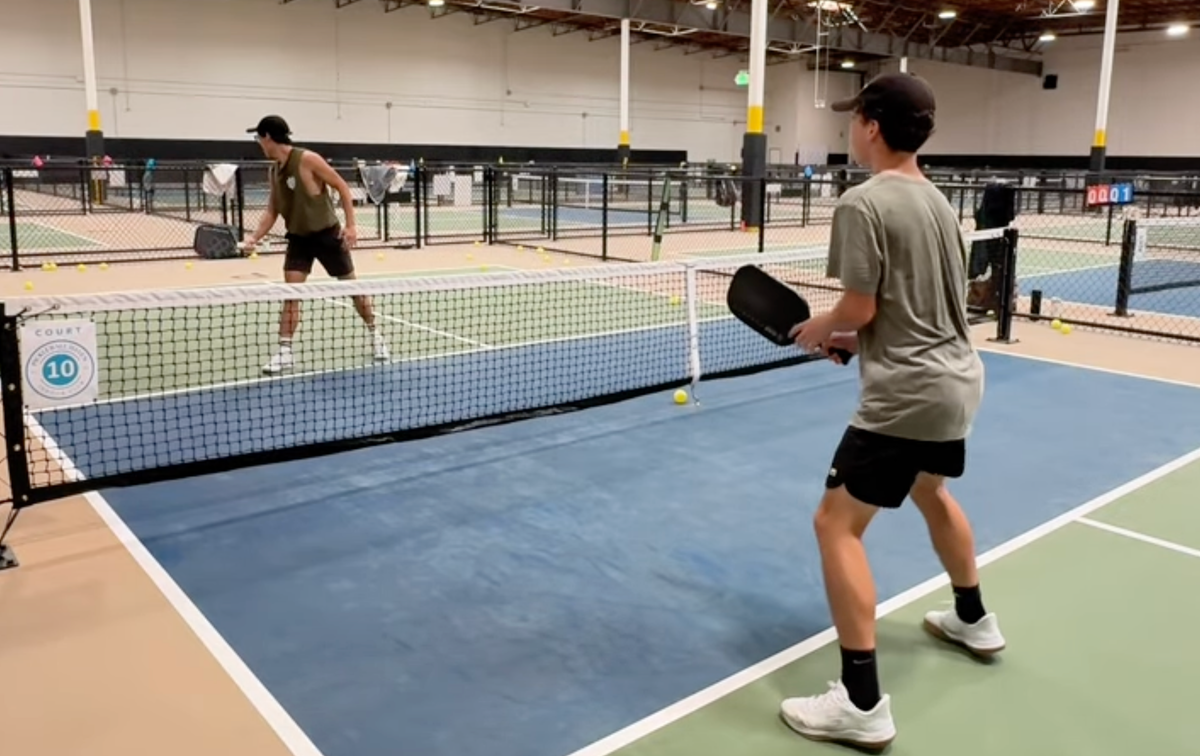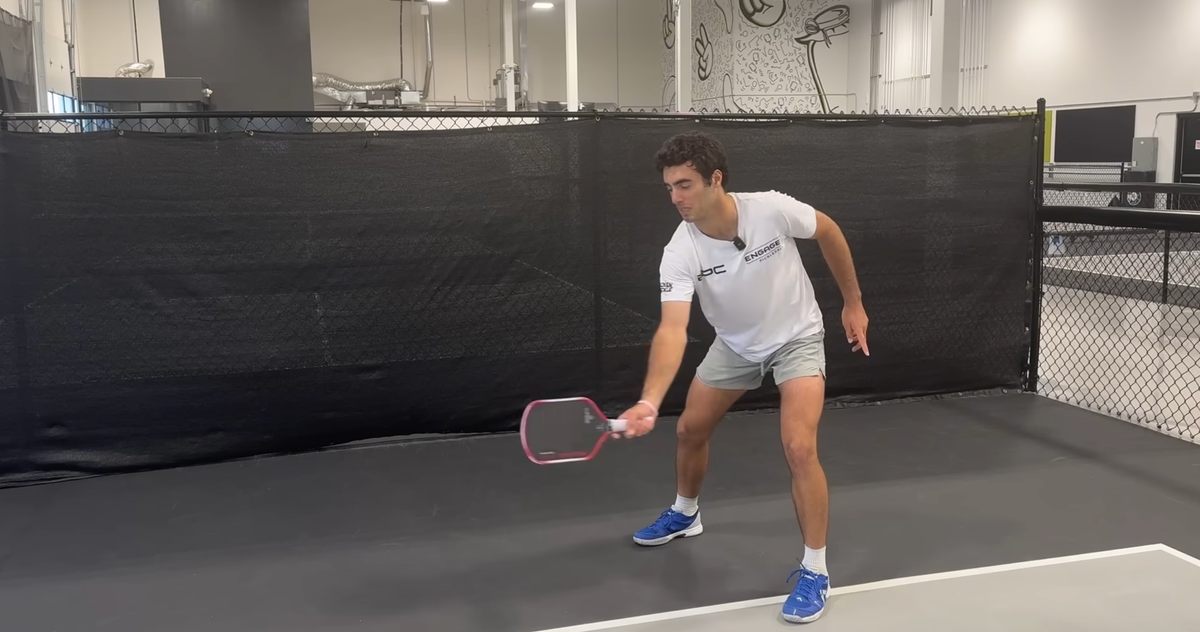
James Ignatowich

Hey guys, this is James Ignatowich.
Common Mistake in the Two-Handed Backhand Volley
One of the most common errors players make with the two-handed backhand volley—my personal favorite shot—is letting the back (non-dominant) elbow get too close to the body. This limits both reach and power.
The Role of Shoulder Engagement
A strong two-handed backhand volley comes primarily from your shoulders, not just your arms. Top pros don’t “poke” at the ball with their wrists or elbows tucked in; instead, they rotate through the shot, using the larger shoulder muscles to generate pace and stability. This creates a solid, controlled strike that can absorb pace and send the ball back with authority.

Creating Space with Your Non-Dominant Elbow
To make that shoulder-driven swing work, you need space—specifically between your non-dominant elbow and your torso. If your elbow is pinned in, your swing becomes cramped, reducing leverage and making it harder to direct the ball. By extending the elbow slightly away from your body, you free up your range of motion, allowing you to swing more fluidly and “come over” the ball for better placement and control.
The Key to Any Volley or Counter
Whether you’re hitting a volley or countering an opponent’s pace, one principle remains constant: keep the ball down. A low, compact trajectory forces your opponent to hit up, putting you in control of the rally. Combine that with proper shoulder rotation and elbow spacing, and your two-handed backhand volley becomes a weapon.
For exclusive content and special giveaways, make sure to check out the full James Ignatowich newsletter.
Editor’s Note: This article is based on a video by James Ignatowich. We partnered with him to highlight key concepts in a written format for players who prefer to read or reference drills on the court.
Related Articles:
Anuncie Aqui / Advertise Here
Sua marca para o mundo Pickleball! / Your brand for the Pickleball world!

 English
English  Spanish
Spanish  Portuguese
Portuguese  German
German  Italian
Italian  Japanese
Japanese  French
French  Polish
Polish  Russian
Russian  Netherlands
Netherlands  Hungarian
Hungarian  Turkish
Turkish  Videos
Videos  Pickleball Portal
Pickleball Portal








 English (US) ·
English (US) ·  Portuguese (BR) ·
Portuguese (BR) ·